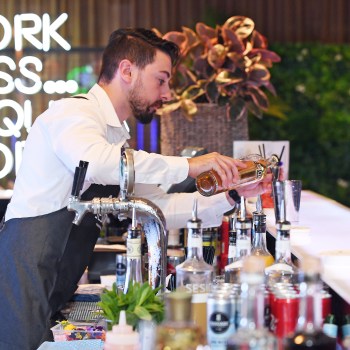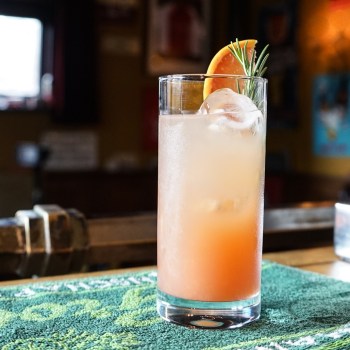There are many distinctions to be made between highland and valley tequilas. Jacob Stern chats with those in the know to define the difference once and for all.
Tequila’s resurgence into the public eye has been well documented and explored. Its place as a crowd favourite has been solidified and stood the test of time (or, at least, a few years). How has it stayed at the top of the game for such a lengthy period? Why has it not been superseded by a new trend, a new shiny drink?
The answer is found in its depth. Agave has turned out to be the plant to rival whisky’s many grains. This pineapple-shaped plant grown in the valleys and mountains of Central America has led to an industry boom that shows no signs of slowing down. Where once people spoke simply of tequila and Mexico, they now speak of tequila and mezcal, of Highland and Valley regions.
THE HIGHLANDS
Highland tequilas, affectionately known as ‘Los Altos’, are typically lighter on the nose and ‘easier’ to drink. Citrus and floral flavour notes are often attributed to the higher levels of rainfall and cooler night climates found in the highlands. The staff from Barrio Cellar believe that “people who aren’t huge tequila fans can start with a highland to ease their way in” – as the fruity flavours are much more appealing to the less experienced palate.
Alex McDowell, from De Vino Mezcal, explores the flavour profiles of highland tequilas in far greater depth, informing us that tequilas from this region “will offer tropical fruits such as banana or pineapple as well as mandarins, oranges and, when aged, a deep toffee and marmalade sweetness”. All of these lead to a far subtler drink, perhaps a reason for its popularity among newcomers to the tequila category.
While there are many brands that produce highland tequilas with strong citrus flavours, there are some that focus on drawing out the sweeter notes. For Barrio Cellar’s bar manager Jerom Morris, highland tequila Corralejo Anejo is the perfect example, with “amazing aromas of oak and cocoa, an initial taste of caramel and cardamom, and a smooth full body finish and woody flavour that comes from the ageing process”.
VALLEY LIFE
Valley tequilas, sometimes referred to as lowland tequilas, are often pitched at the more experienced tequila drinker. It is McDowell who is quick to correct the misconception that valley tequilas are from lowland areas – pointing out that “the valley where Tequila Town is, sits at approximately 1100 metres. Just short of the height of Perisher (1600) and gaining on Mt Hotham (1800)”. Hardly a ‘lowland’ area.
Once you have moved past the nuances of the terminology, you can begin to explore the flavour profiles traditionally offered by valley tequilas. The staff at Barrio Cellar discuss the fact that “the pineapples are a bit smaller from the valley – meaning there is less sugar and more of a spicy, herbal, earthy and vegetal quality with quite floral aromas”. McDowell offers a simpler description – pinpointing “pepper and spice” as the defining traits of valley tequilas.
There are many brands that produce tequila from valley agave plants, one of those being Herradura. Olivia Preston, of Herradura, echoes the sentiments mentioned above, and takes it one step further by specifying that the “agaves we grow are generally smaller than those from the highland region and, therefore, produce a more earthy, herbaceous tequila”. The flavours mentioned in relation to valley tequila all attract a more seasoned drinker – but that does not mean that you should undervalue the benefits of well representing valley tequila on your liquor lists.
Stay tuned for Part 2…


